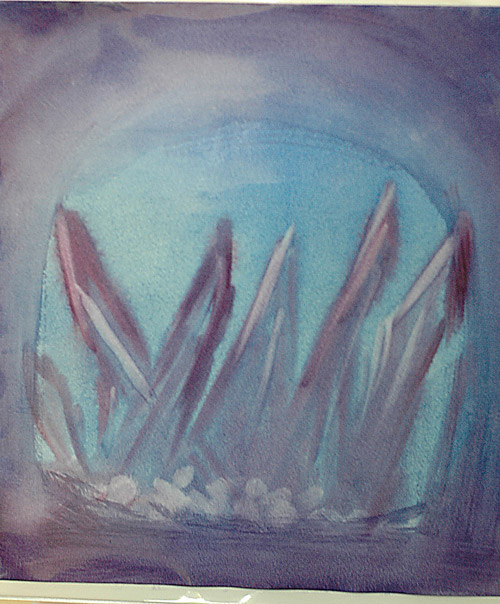I’m currently attending a summer training conference, getting ready to teach sixth grade next year.
Though the value of the content we receive in the courses seems to vary year to year, what doesn’t vary is the inspiration that builds as a bunch of teachers get together and share ideas.
I liken it to the dynamic feeling that happens in the classroom when all the students are engaged and start sharing their ideas.
Being here, I’m getting so inspired for sixth grade, so in my downtime I’m sitting down and ordering supplies, books and researching field trips.
The activity has caused me to pull out a list of recommended art supplies through the grades that a colleague put together last year. It’s a very comprehensive list and it’s inspiring me to do things a little bit differently in terms of painting next year. Here are my Waldorf upper grades painting thoughts . . .
Watercolor Paper Blocks
Though I’ve never used them before, my colleague strongly recommends using these watercolor paper blocks. They can be found on Amazon or any art store. The primary benefit is that the edges of the paper are glued down, creating a block of paper, so the paper doesn’t curl or stretch when it gets wet. Though it seems like it would be useful for all kinds of painting projects, it seems almost essential for veil painting. I have never done veil painting with sixth graders before, so I’m not sure if I will this year, but I think we’ll love using these blocks.
Brushes

This past year I bought new paintbrushes for my students and we switched to using these “cat’s tongue” brushes. I love how versatile the brushes are, as students can paint with broad strokes, or they can use the fine point to paint in small areas. One word of caution — the handles are made of wood (in typical Mercurius fashion) and if students leave their brushes in the water or they’re not careful about how the water drains off of their brush, the wood will swell and cause the metal brush to expand and fall off when the wood shrinks again. We’re always careful to dry our brushes as much as we can and let them dry laying flat (or on a slight incline) so the water drains away from the handle.
As for leaving a brush in water, my students know that if I spot their brush sitting in the water, I get to come over and use it to flick them with water. I don’t think I’ve ever actually done it, but the threat makes them giggle and keeps them cautious.
More Waldorf Upper Grades Painting Resources
- My guide to fifth grade painting.
- Painting and Drawing in Waldorf Schools: Classes 1-8
(I’ve never read it myself, but it looks great!)
- An article about color in the Waldorf School by Van James — definitely worth reading.






Leave a Reply